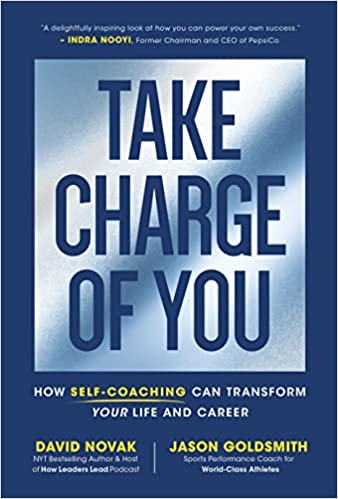
Welcome to our new series, golfer-to-golfer, where we try to learn from all different kinds of avid players out there, in hopes that the rest of us can take away something that might improve our own games.
This week, we’re talking to Jason Goldsmith, a performance coach who has worked with Jason Day and Justin Rose, among others. You can buy his new book “Take Charge of You,” right here.
As is often said: Golf is like like life. And like life, there are lots of moments on the golf course that rattle your confidence. Over time, you’ll begin to dread them, and get nervous every time one arises.
It’s conquering moments like this that play as a key role in Jason Goldsmith’s new book, “Take Charge of You.” It’ll take some practice to thrive in these situations, Goldsmith says, but it starts with getting yourself in a neutral state.
“When a golfer is in a neutral state, it means they’re aware of their surroundings, focused, and evaluating them clearly,” he says.

Goldsmith went on to say he prefers golfers operating in a neutral state, rather than a overly-forced positive one, because they’re not riding the emotional highs and lows that can taint their outlook on the situation at hand. They can remain focused on the task at hand, and evaluate the situation clearly.
How do you get there? It starts with being honest about the potential outcomes and refraining them in a more positive, productive way.
Here’s one strategy that Golfsmith outlines in his book:
1. See the situation
First, imagine a situation that you’re afraid of. Perhaps it’s an important meeting at work, or a tricky tee shoot with a tight fairway surrounded by water and out of bounds. Envision the details of the situation clearly in your minds eye.

2. Think about the bad things
It may by sound counterintuitive, but first list out all the bad things that could happen. You could hit it in the water, or top the ball, or hook it out of bound? By acknowledging the bad things that could happen, you won’t be hiding them away in your mind. Rather than trying not to think about them — which will only create more fear — you’re being honest about it.
3. Think about the good things
Now, do the opposite: Think about all the good things that could happen. You could hit a perfect shot! You could hit a bad shot that turns out well! Just like the bad outcomes, the good outcomes are real. Acknowledge that they’re a possibility.

4. Reframe the negatives
For the final step, go back to your negative list and reframe each of your worries in a more producti ve way.
I’m worried about playing poorly, for instance, becomes: How can I better prepare myself to improve my chances of playing well?
I don’t want to slice my ball into the water could turn into How can I maximize my chances of avoiding the water if I hit a bad shot?
They may sound like small tweaks to your mindset, but they’re essential ones. The kind that the very best make in order to play at their best. And they’re tactics you can use, too.








